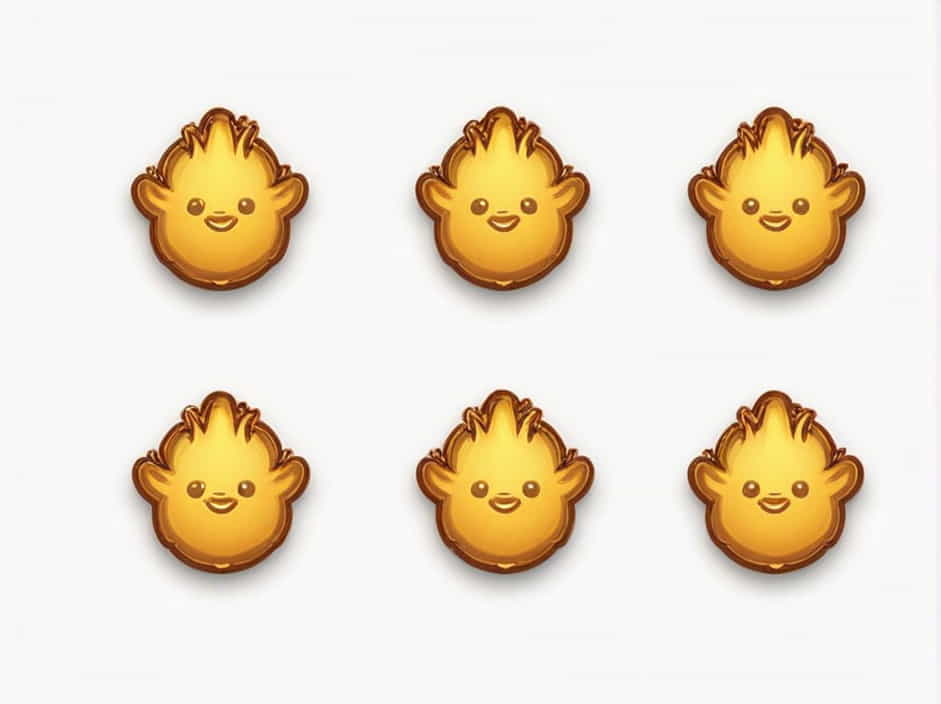Crispy, golden-brown fried potatoes are a favorite in many kitchens. Whether making French fries, home fries, or hash browns, the goal is always to achieve a perfect crunch on the outside while keeping the inside soft and fluffy.
One common question that arises when frying potatoes is: Should you parboil them first? The short answer is—yes, in many cases, parboiling helps improve texture and crispiness. But it depends on the type of fried potatoes you’re making.
In this guide, we’ll explore the benefits of parboiling, when you should (or shouldn’t) do it, and the best methods for achieving perfectly fried potatoes.
What Is Parboiling?
Parboiling means partially boiling potatoes before frying. This process softens the inside while keeping the outside firm, ensuring even cooking and a crispy finish when fried.
Why Parboil Potatoes Before Frying?
There are several reasons why parboiling can improve fried potatoes:
1. Ensures Even Cooking
Raw potatoes take a long time to cook in oil, and frying them directly can result in an undercooked interior. Parboiling speeds up the process and ensures the inside is fully cooked while the outside crisps up perfectly.
2. Creates a Crispier Texture
When you parboil potatoes, you break down the starch on the surface, which helps form a crunchy, golden crust when fried. This is especially useful for French fries and roasted potatoes.
3. Reduces Frying Time
Parboiled potatoes cook faster, meaning you spend less time frying and reduce the risk of overcooking the outside while waiting for the inside to soften.
4. Prevents Greasy Potatoes
Since parboiled potatoes cook faster in oil, they absorb less fat, resulting in a less greasy, lighter texture.
When Should You Parboil Potatoes Before Frying?
Parboiling is recommended for:
- French fries – Ensures a crispy exterior and fluffy inside.
- Home fries – Helps maintain a soft texture while crisping up nicely.
- Potato wedges – Prevents the inside from being too hard while achieving a golden crust.
- Roasted potatoes – Speeds up cooking and enhances crispiness.
When Should You Skip Parboiling?
Parboiling is not necessary for:
- Shredded hash browns – The small size allows them to cook quickly without parboiling.
- Thin potato chips – They cook evenly without needing to be softened first.
- Pan-fried diced potatoes – If cut small, they can cook through without parboiling.
How to Parboil Potatoes for Frying
Follow these steps to parboil potatoes properly:
1. Choose the Right Potatoes
For the best frying results, starchy potatoes like Russet or Yukon Gold are ideal. They have a high starch content that helps achieve a crispy texture.
2. Cut the Potatoes
- For French fries – Cut into uniform sticks.
- For home fries – Dice into cubes.
- For wedges – Slice into thick pieces.
3. Boil the Potatoes
- Fill a pot with water and bring it to a boil.
- Add salt to enhance flavor.
- Place the potatoes in the boiling water.
4. Cook Until Slightly Tender
- Boil for 3-5 minutes for fries.
- Boil for 5-7 minutes for wedges.
- The potatoes should be fork-tender but not fully cooked.
5. Drain and Dry Thoroughly
- Drain the potatoes in a colander.
- Let them sit for a few minutes to steam dry.
- Pat them with a paper towel to remove excess moisture.
6. Fry for the Perfect Crisp
- Heat oil in a pan or deep fryer to 350-375°F (175-190°C).
- Fry in small batches until golden brown and crispy.
- Drain on a paper towel and season with salt.
Tips for the Crispiest Fried Potatoes
- Use the right oil – Canola, vegetable, or peanut oil works best for frying.
- Double fry for extra crispiness – Fry once at 325°F (160°C) to cook through, then fry again at 375°F (190°C) to crisp up.
- Avoid overcrowding the pan – Fry in small batches to maintain even cooking.
- Let them cool slightly before the second fry – This helps create a crunchier texture.
Final Thoughts
Parboiling is a great technique for achieving crispy, golden fried potatoes with a soft and fluffy interior. While it’s not always necessary, it enhances texture, speeds up frying time, and prevents undercooked centers in thicker cuts like fries and wedges.
If you love restaurant-quality fries or perfectly crispy home fries, try parboiling next time—it’s worth the extra step!
